A Week in the Bush Vol. 433
on Oct 26, 2022It has been an incredible week on safari! With regular sightings of the various prides of lions; a mix of leopard sightings; plenty of wild dogs, birds and everything else in between that makes a safari spectacular!!
After some time of uncertainty for many of the lions at Sabi Sabi, things are seemingly starting to settle down.
The Gijima males managed to kill a young buffalo and were found looking uncomfortably full before making their way to drink water close to Earth Lodge.
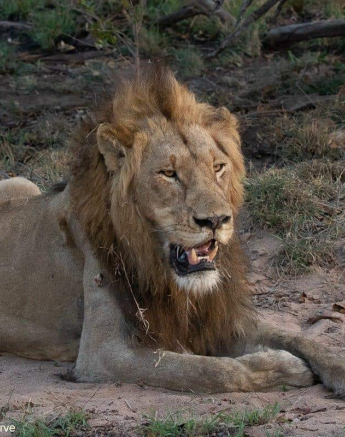
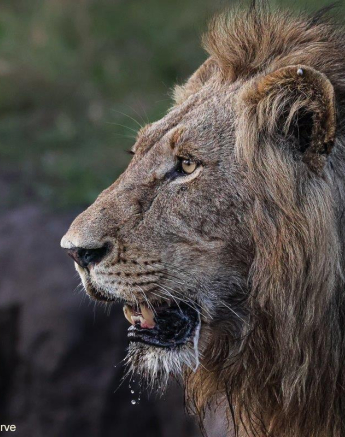
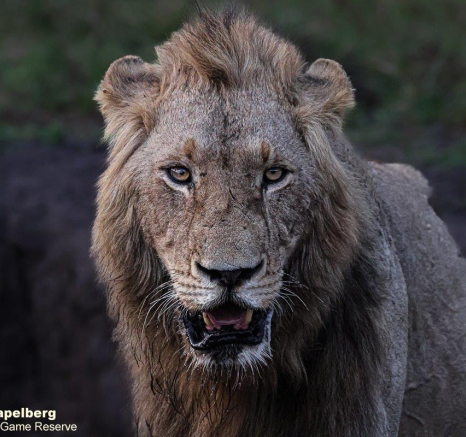
On a cool and rainy morning, we decided to brave the weather and head South to look for lions. Close to Earth Lodge, we came across the Gijima males and Southern Pride female. One male was tucked under a small shrub to find cover from the rain, and the other, seemingly enjoying the cool wet weather.
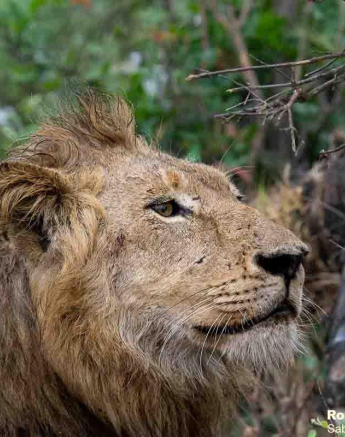
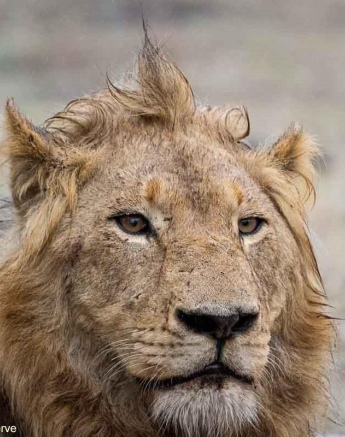
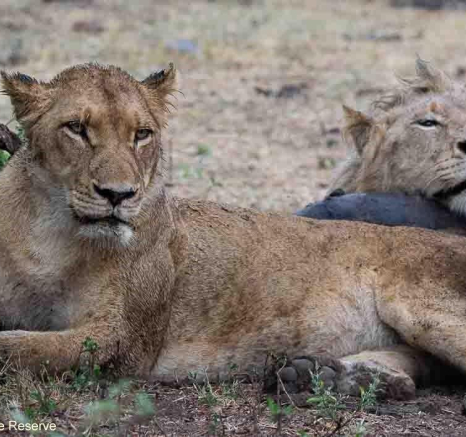
The Southern Pride brought down a large waterbuck not far from where we suspect the older lioness to have a den for her cubs. When seeing the Queen of the Southern Pride, it was clear that she had been suckling young. These young are the first produced by the Gijima males who have both been seen mating with the female. We are anxiously waiting for the privilege of viewing these cubs.
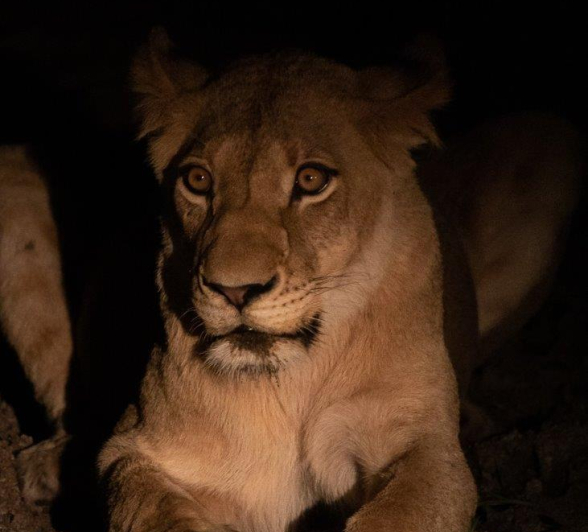
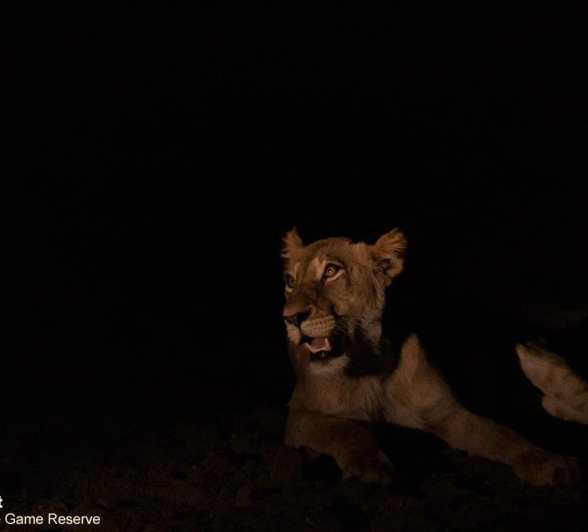
The Styx Pride too have been extremely successful over the past week and every time we find them, they look as though they have all had a good meal. The pride is looking healthy again and it is possibly time to accept that the pride now consists of ten members. There is very little pressure from other lions in the centre to the West of our reserve and we are hoping they finally settle in this area which has a very high density of plains game.
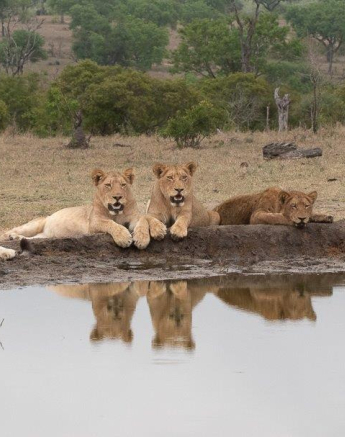
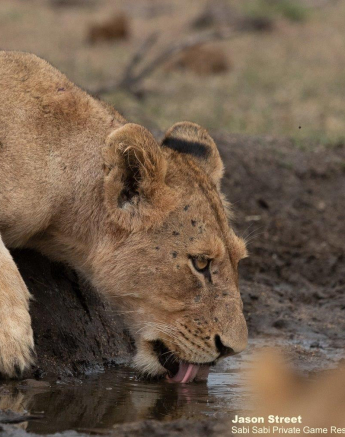
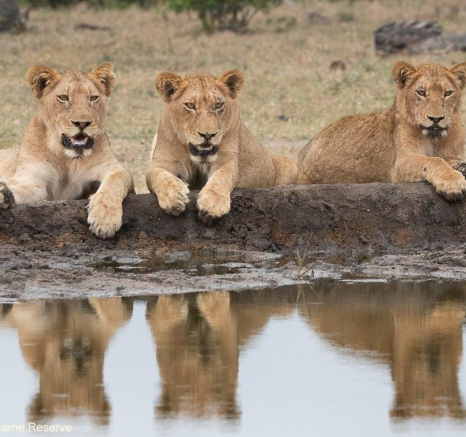
We found the Styx Pride, bellies still full of their last meal. They made their way to a nearby water source to quench their thirst, providing amazing photography opportunities. The rest of the pride made themselves comfortable around the water just for a few minutes before they headed off again.
Lions are not dependent on water and obtain enough moisture from the blood and body fluids of their prey. But if water is available, they will drink every day or second day. They will often drink after they made a kill to help with the digestion of the meat and bone fragments of the prey.
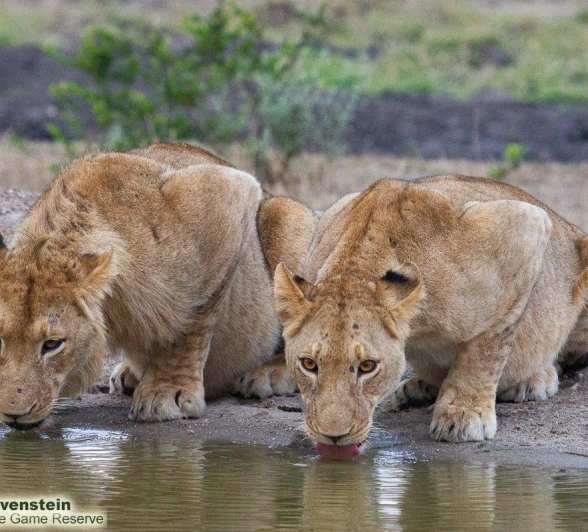
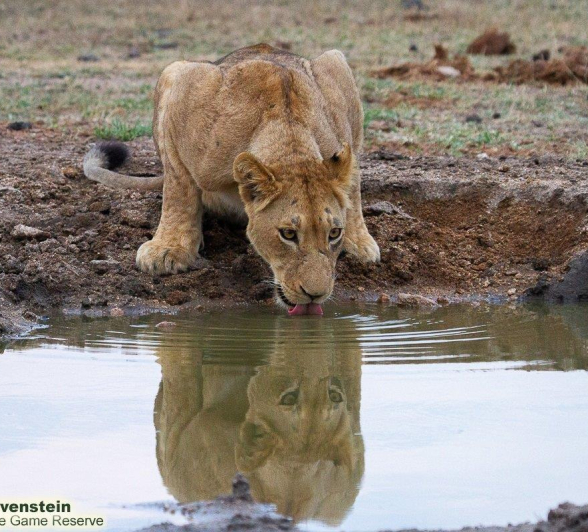
After having an exciting drive to find lions on a giraffe kill, our guests wanted to head back to see what was left of the kill. Upon arriving the lions had finished most of the giraffe and the vultures were patiently awaiting their turn.
In most cases when lions have killed, they will only leave the area once they finish. When they get thirsty, some will go and look for water and drink while the others stay guarding the kill. They take turns as such to avoid other predators like hyenas from stealing the remains. It is interesting to watch such communication between animals and how they organise themselves for survival.
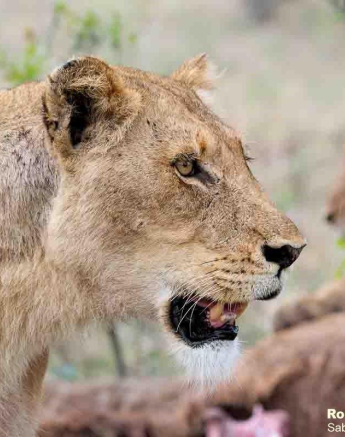
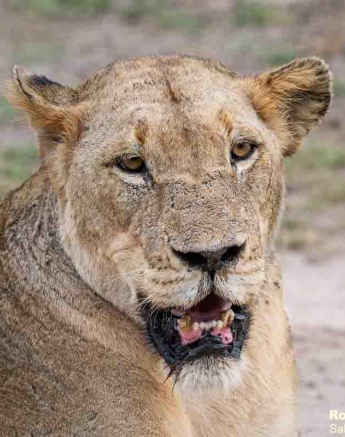
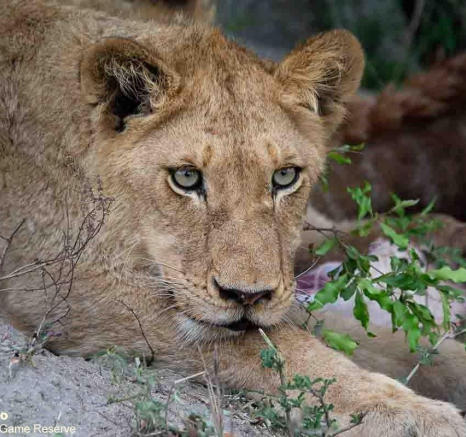
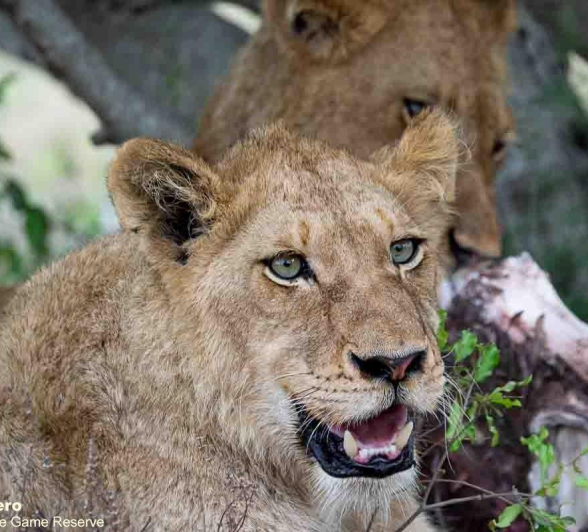
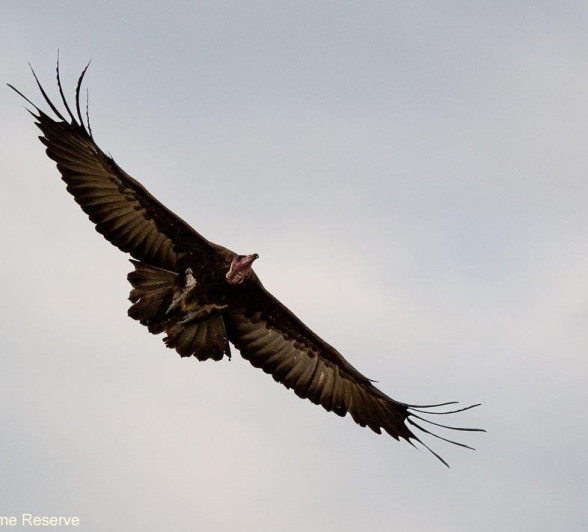
We followed up on an earlier sighting of Ntsumi and her cub and found them in the same place, with the cub in a tree not far from their duiker kill. After a short period of time, Ntsumi made her way up the tree to feed. Tracker Donald spotted a big male leopard approaching and headed straight for the tree.
N’weti made his way up the tree, straight past the cub, barely even looking in his direction, only focused on one thing and that was the kill. He chased Ntsumi out of the tree and went on to feed on the duiker. After enjoying a phenomenal story unfolding in front of us, we headed back to the lodge to recount our experience to anyone who would listen.
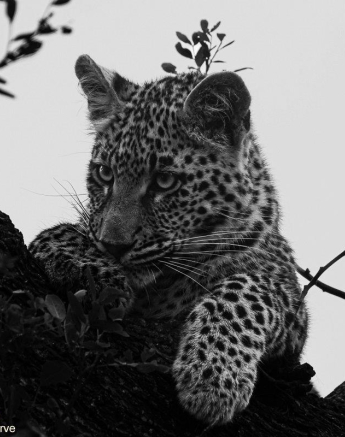
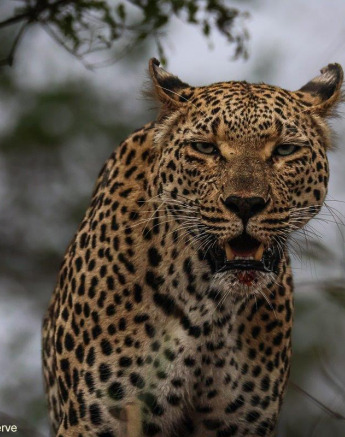
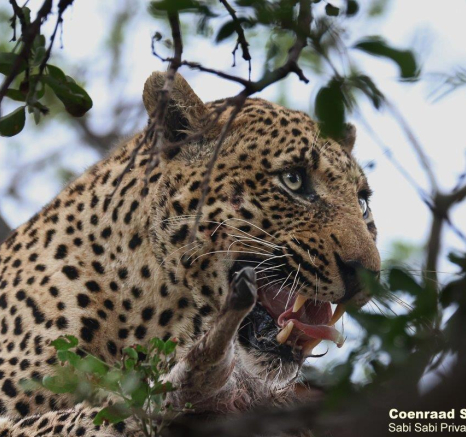
After some searching, one of our trackers spotted a male leopard cub in the shade of a bush not too far from the road we were on so we knew mom wouldn’t be far away. We waited for a bit to see if the female would come out but after a while and as to not put too much pressure on the young leopard, we decided to circle the area and look for Ntsumi. We drove along and just as we thought, we found the mother no more than a kilometre from the little one.
We spoke about the importance of respecting the young leopard's space and not putting too much pressure on them. Allowing them to become comfortable with the vehicle is a vital part of keeping our leopard population as good as it is and enjoying quality sightings such as these.
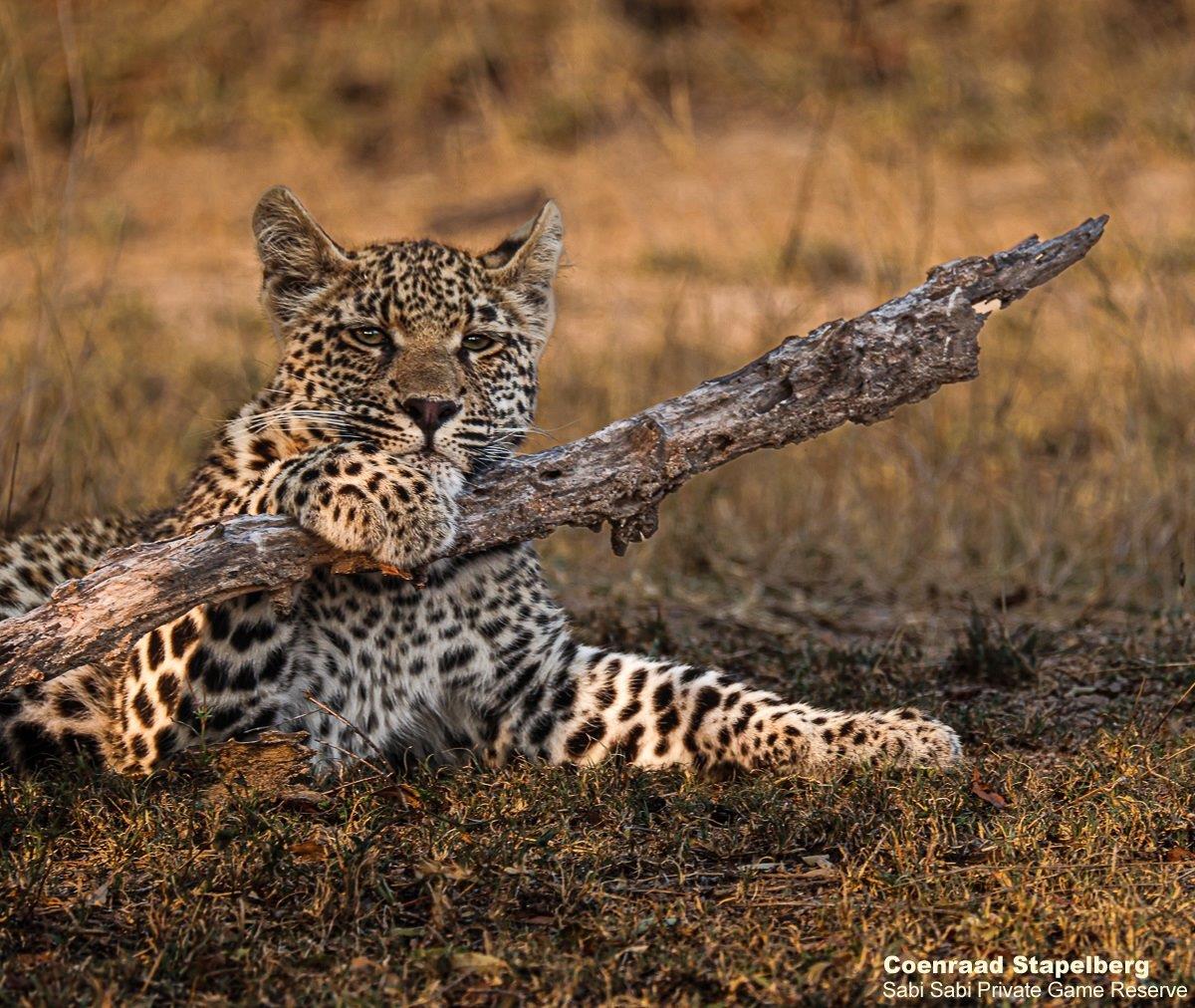
Golonyi female had been seen close to Selati Camp and with it being on our way back to Bush Lodge, we decided to go and have a quick look. We arrived as the beautiful young female made her way through the brush and over rocks, stopping every now and then to have a look at her surroundings. We lost visual at some point and just heard a big ruckus coming from inside the drainage line, we rushed there to find the female with her new duiker kill.
We watched as she played and even at some point practised hunting with her kill, dragging it into a bush and walking away to only stalk back and pounce on it. We were in awe of what was going on right in front of our eyes.
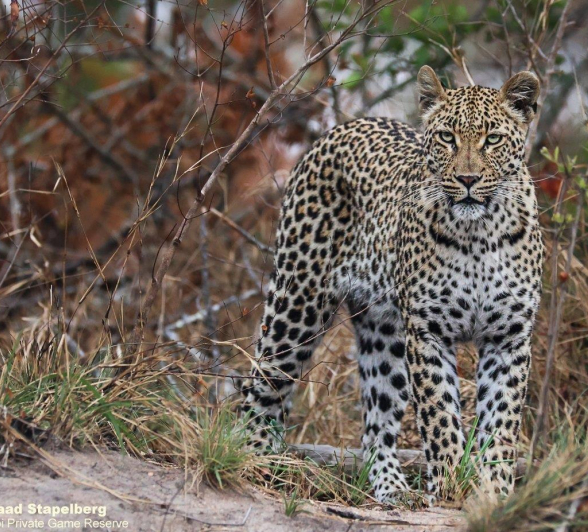
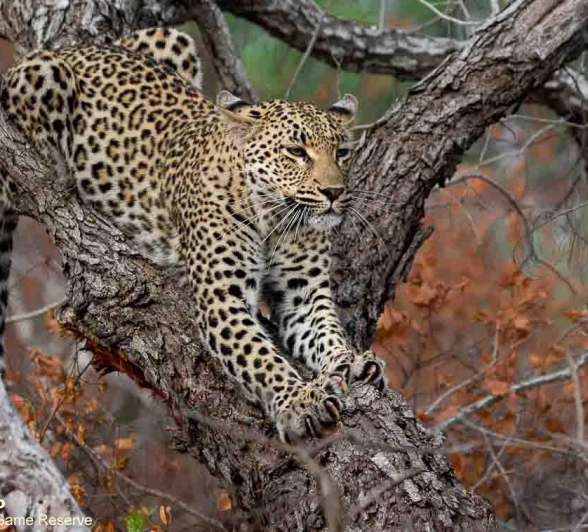
The young female leopard, Golonyi, affectionately being named the princess of Sabi Sabi, has flourished in her independence. Securing more kills and confidently exploring the territory that has been somewhat left for her. And in this confident morning stride, she briefly caught sight of a few warthogs in the drainage line. Pausing, momentarily, she considers the option but backed out soon after.
For most leopards, warthogs are an exceptionally tricky choice of prey to hunt and generally not the first option. However, in saying these several leopards have been found to be successful in hunting them and have acquired this niche due to it being a prominent food source in their area of roaming, or simply a learnt skill. For a young leopard such as Golonyi, it may be some time until she has successfully mastered the art of taking down a formidable creature such as the warthog.
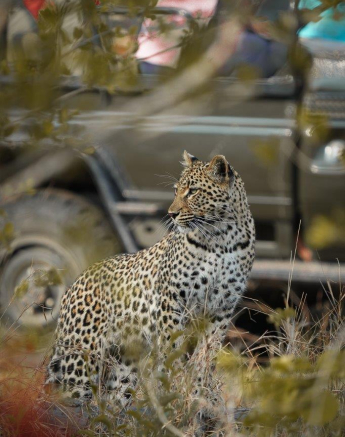
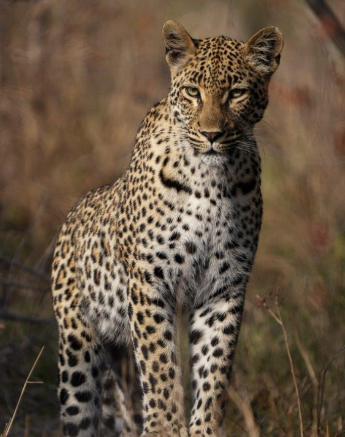
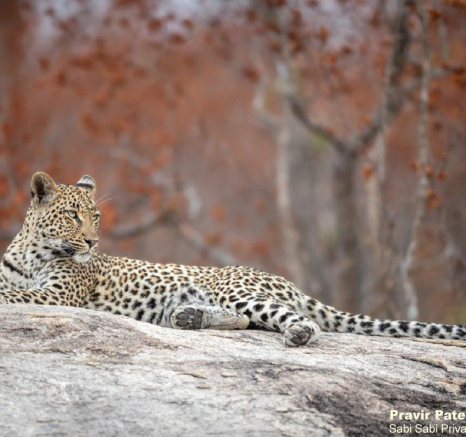
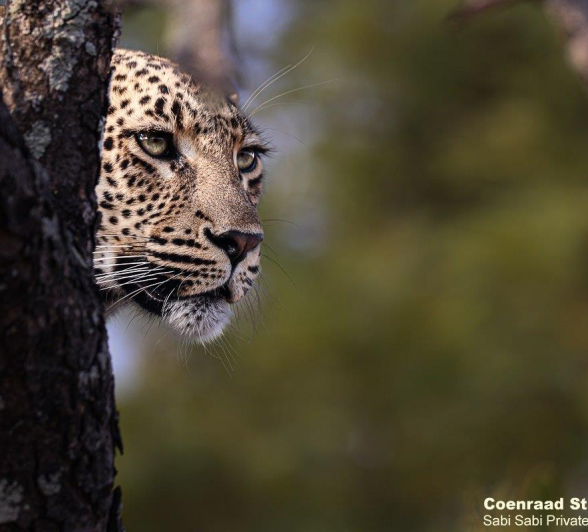
We were extremely lucky over the weekend with an incredible sighting of over 30 wild dogs, young ones included! Seeing so many wild dogs was just magnificent for not only our guests but our rangers too!
A big pack of wild dogs would need to make several kills each day to feed every member of the pack and possibly even take on bigger prey. As we were watching the pups play, one of the alpha dogs came through and turned back in haste and every dog followed. A short distance away, we found an impala kill and they all fed as quickly as possible to try and finish before hyenas arrive – which they did, followed by vultures! What a sighting!
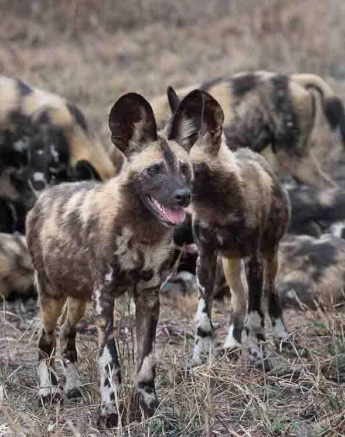
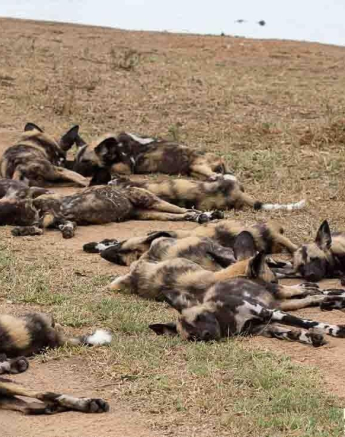
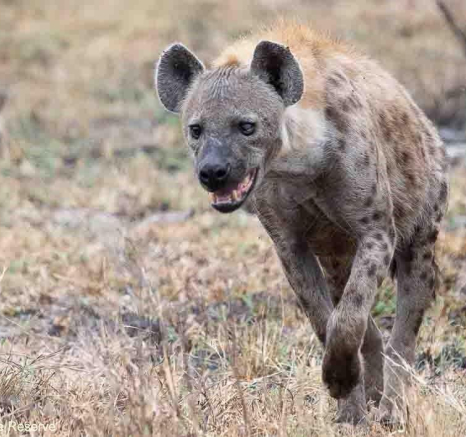
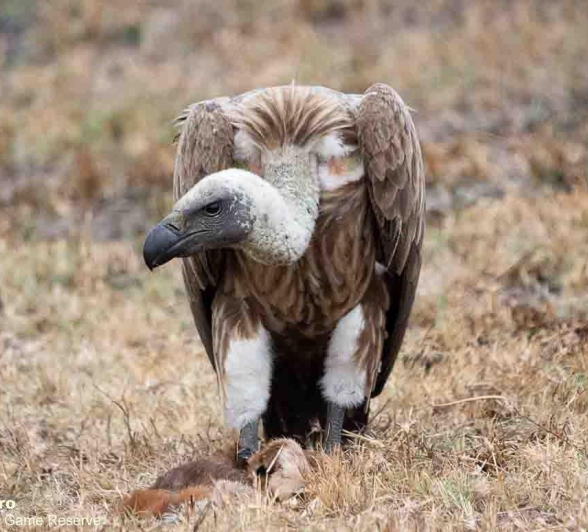
A successful morning meant our guests enjoyed the opportunity to watch a group of wild dog pups play around at our feet. Considering this species of African wild dog has been endangered for over 20 years, it is incredibly encouraging to see 17 youngsters in this pack.
With loads of general game and beautiful birdlife around, it is good to sometimes stop and enjoy the little things and take a break from the big game that we have. Often, guests are on their first-ever safari and soon realise there is a lot more to see than just the Big 5 and that around every corner is something different to explore...
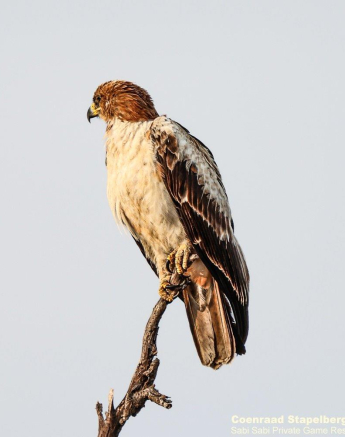
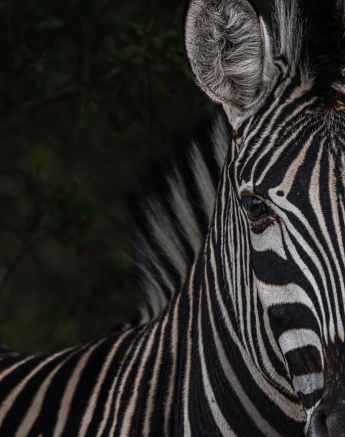
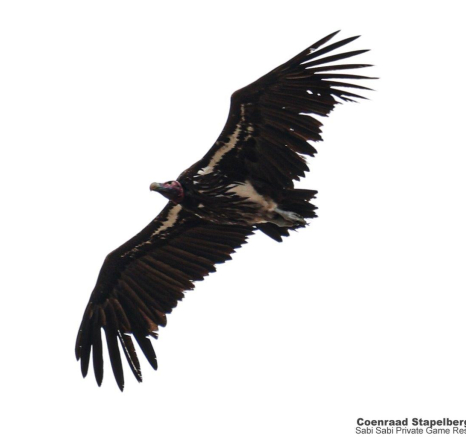
A few Hooded Vultures were skulking around a large pack of wild dogs to feed off the scraps of their kill. Largely unsuccessful as the pups enforced their bravado by chasing them to the treetops.
It’s interesting how all vultures, given the unique beak structure, all have a purpose at a carcass. We often find Hooded Vultures feeding on the scarce remains where sinew and small pieces of meat can be found between rib bones for example. Their very slender beak is perfect for scavenging for such remains.
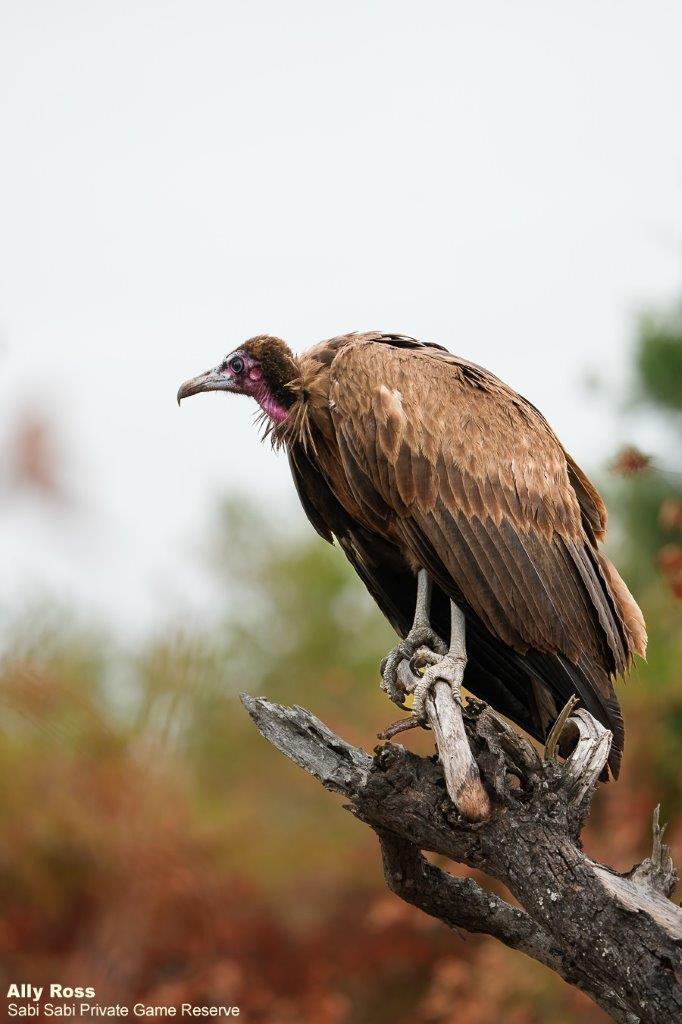
Spending time observing elephants is always interesting. They will use many methods of communication, one of which is tactile communication.
On this occasion, it was incredible to observe a mother and calf displaying this communication. When mom walked forward, the calf would touch her tail; when mom stopped to feed, the mom would stretch her leg out to feel where her calf was. The mother knew where her calf was at all times through touch.
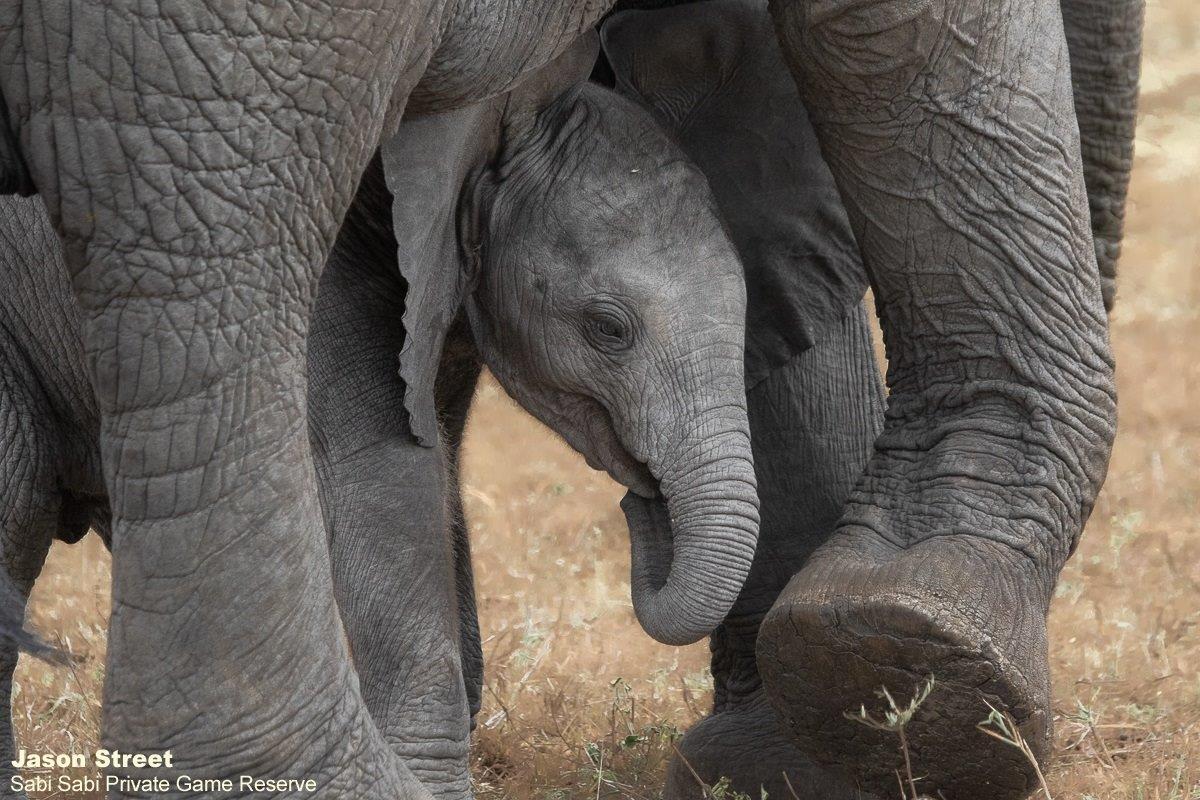
Until next time







